




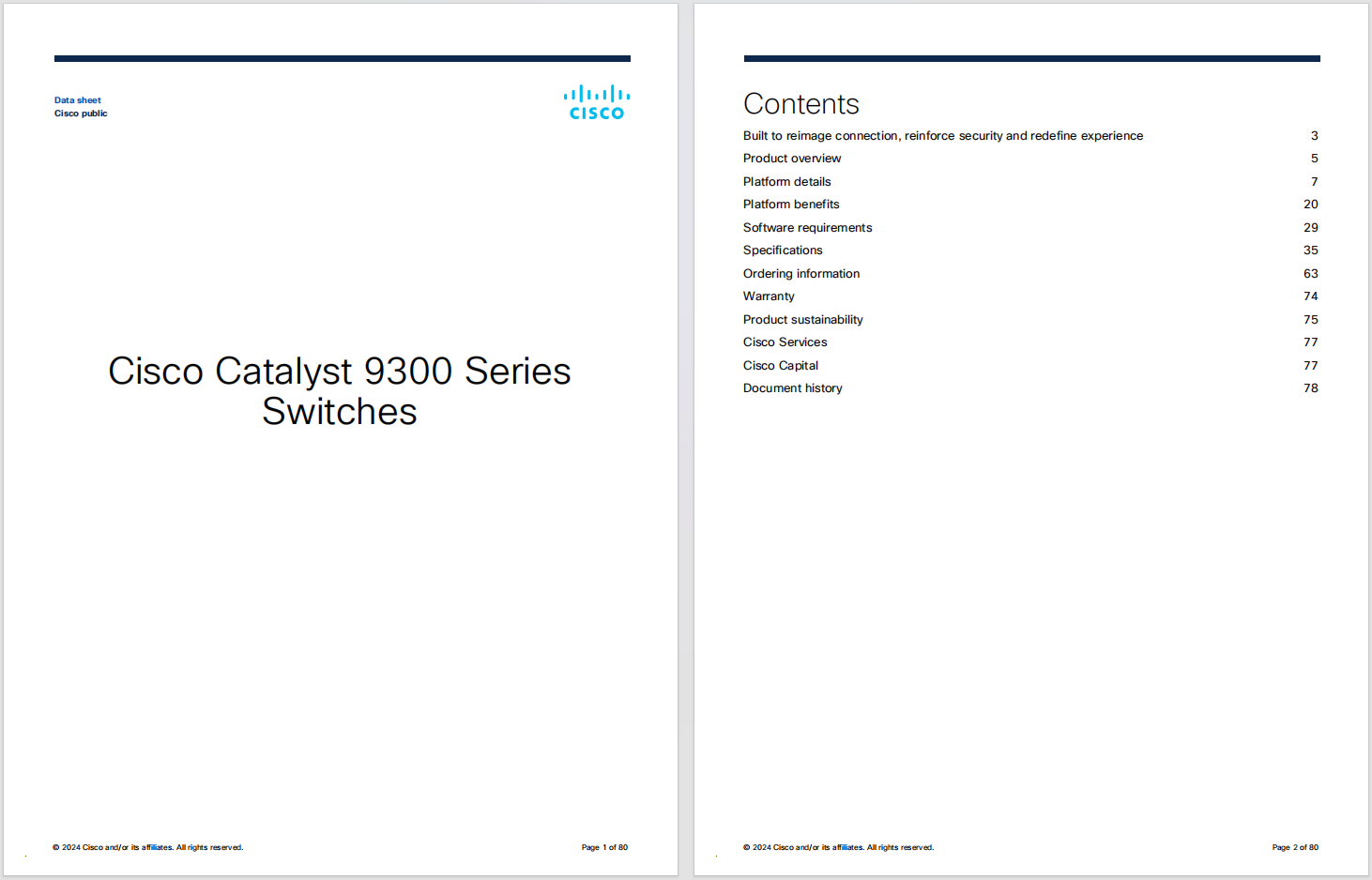



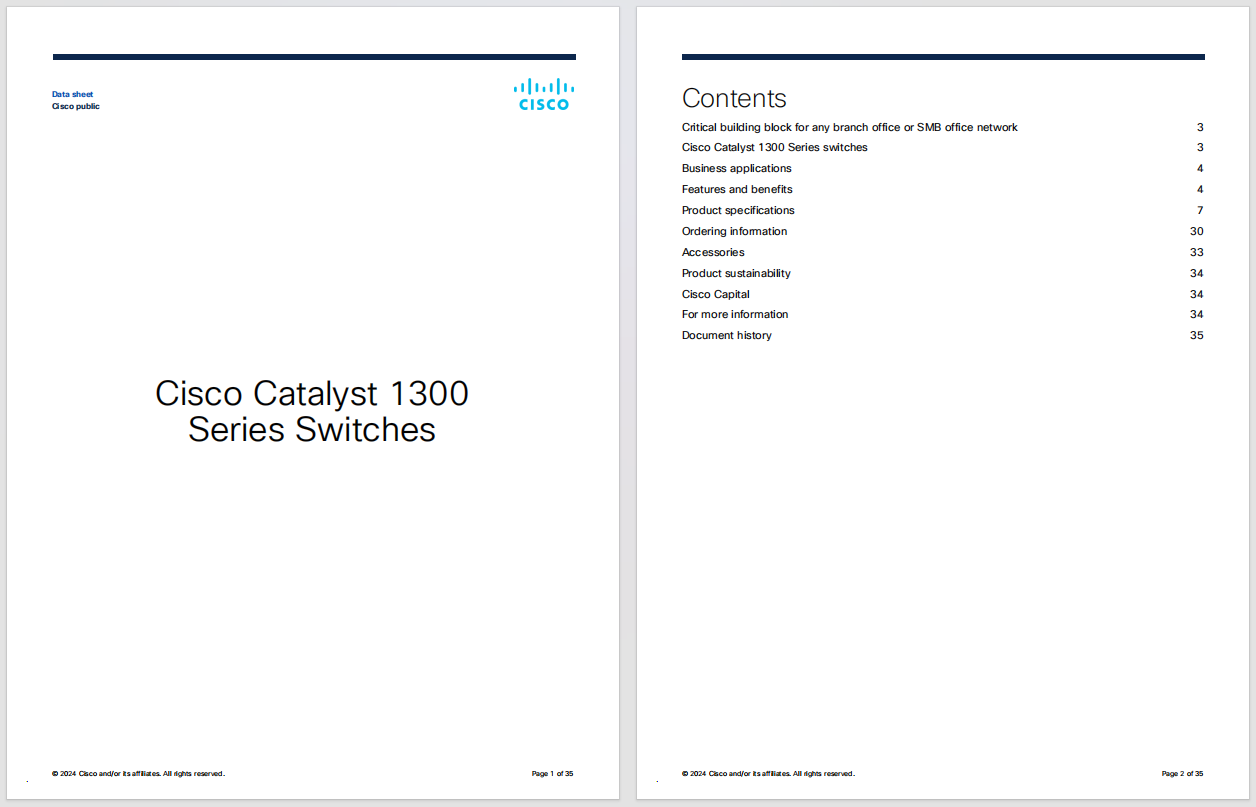
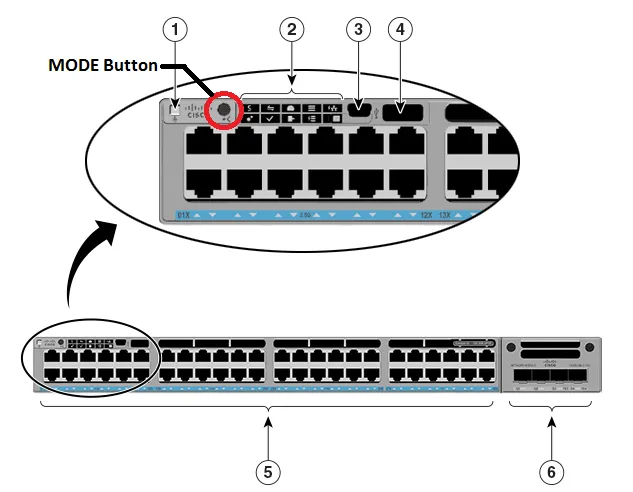





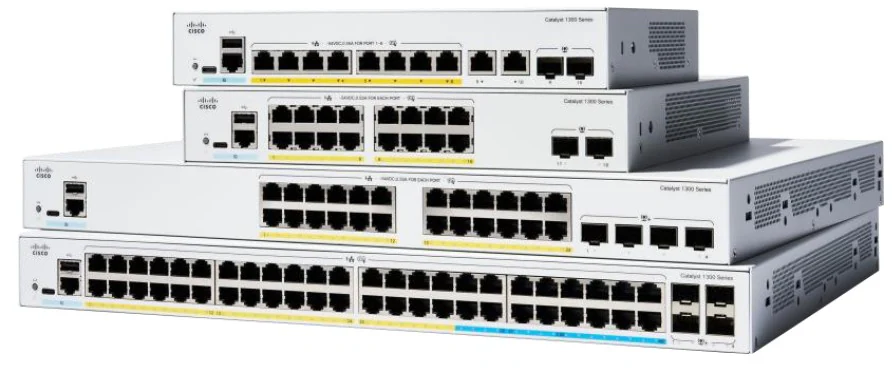



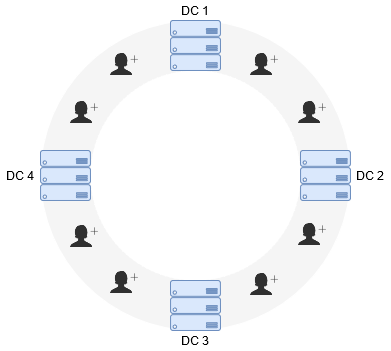
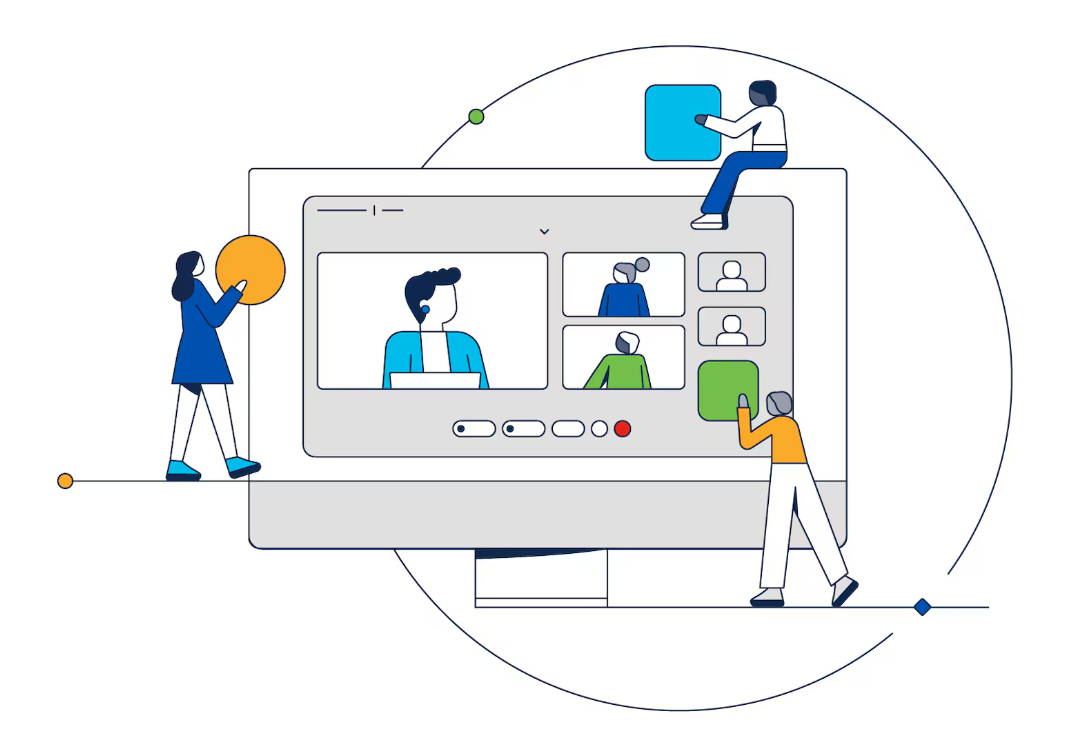




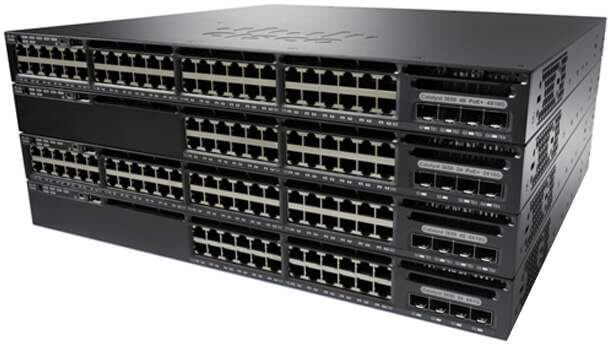
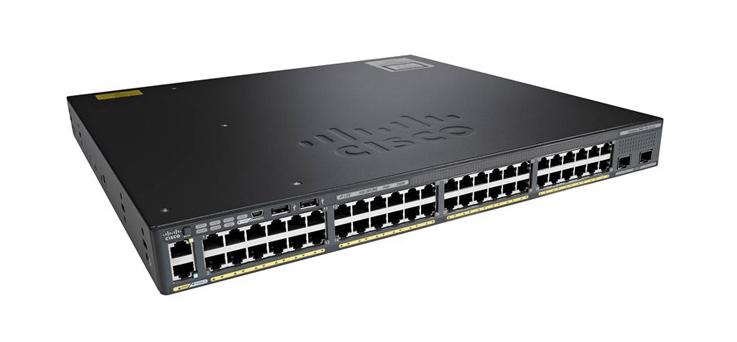


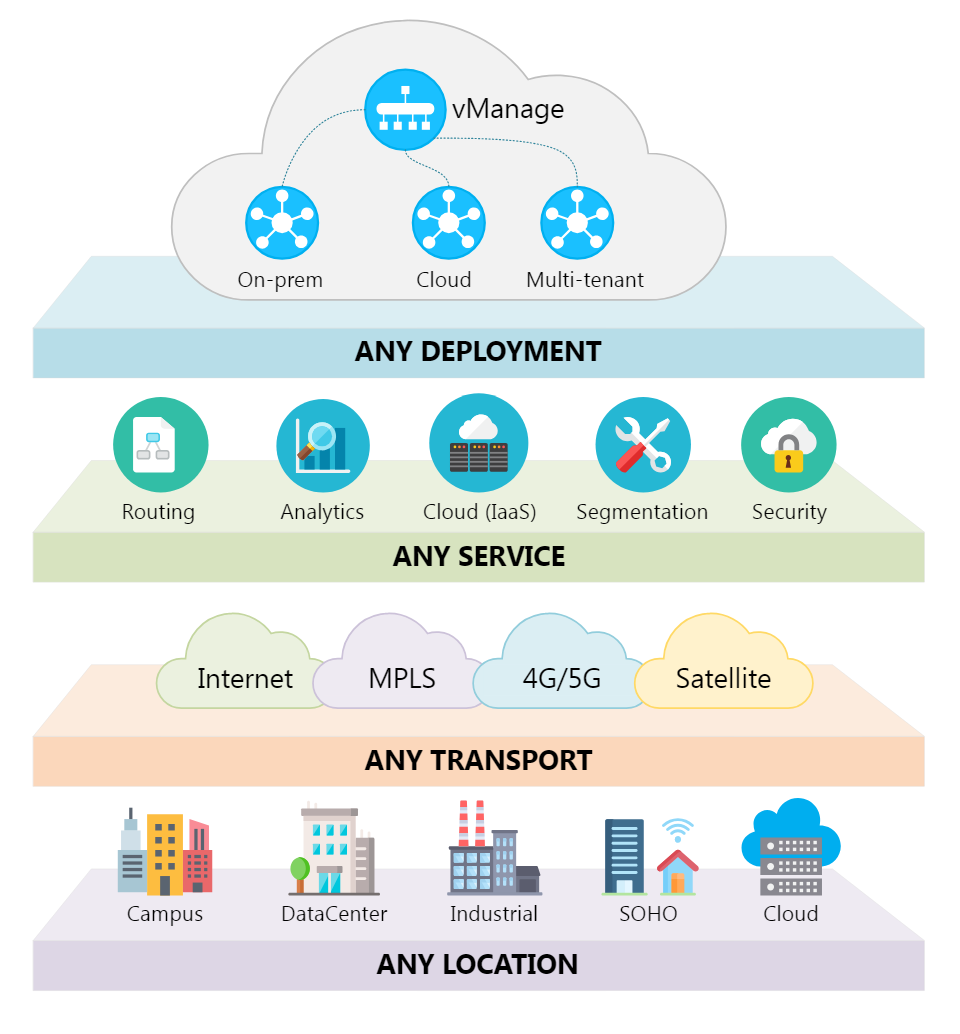
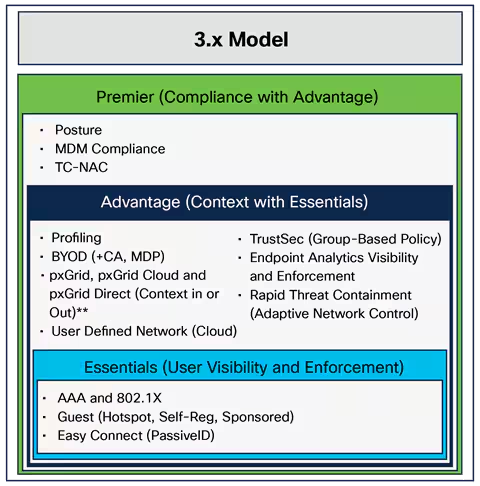
The work-from-home period of the COVID-19 pandemic shifted collaboration tools from being a "nice-to-have" to a critical business application. The winding down of the pandemic has caused businesses to question whether they still need collaboration applications.
The reality is that few companies will bring all employees back into the office five days a week. ZK Research found that 51% of employees plan to work from home two to three days a week and another 24% at least one day a week. This indicates that three-quarters of the workforce will be hybrid.
It's important to understand that hybrid work is markedly different from remote work. Remote work requires a great collaboration experience in one location, while hybrid work is about creating that great experience across different locations. Collaboration tools obviously play a key role in this.
This raises the question of which collaboration vendor to use. The two heavyweights in this industry are Cisco Webex and Microsoft Teams. From an experience perspective, I find Webex to be significantly better. When I ask businesses why they continue to use Teams, I get responses such as "It's included in our Microsoft license, and it's good enough for most users." Teams was being used despite push-back from the workers. In this case, IT pros made the easy decision; Microsoft does make it compelling from an initial cost because Teams is free with Microsoft E3 license.
I would argue that in a hybrid work world, good enough is, in fact, not good enough, and IT pros need to fully understand the differences between the two platforms. The license cost advantage that Microsoft brings is well understood, but I've found Webex's benefits are less known. This is because much of the innovation in Webex has come in the past 12 to 18 months.
Cisco Systems is holding its virtual WebexOne event later this month, during which the company will highlight this innovation. Given that the event is around the corner (Oct. 25-26), I thought it would be helpful to write a post highlighting many of the recent innovations, so people attending could be looking for new features and capabilities.
From the research I have done, below are six areas where I believe Webex trumps Teams. Most of these can be experienced at WebexOne.
Both Webex and Teams are effective at enabling workers to communicate with other employees in the same company. However, Webex does a much better job with external collaboration. I experience this daily when doing a Teams call with another company. With Webex, users retain the functionality associated with their corporate accounts, whether they are internal or external. With Teams, guests lose access to their company services and can only access a limited number of features. This can be very frustrating for users when chat or other capabilities are available at some times but not at others.
Also, Webex is much faster to start up when video meetings are held. It is built on a shared microservices architecture, while Teams is a wrapper around multiple, legacy solutions. In a recent Teams call, it took nearly a minute for the video meeting to fully load, while with Webex it's always a few seconds.
I get that hardware isn't as sexy as software, but hardware certainly matters. In the consumer space, Apple has a big experience advantage over Android because it makes the hardware, software, and cloud backend themselves. The same holds for Webex over Teams, because Webex makes purpose-built collaboration devices with common software providing a high-quality and secure experience. Teams relies on third parties, and this leads to inconsistent capabilities that result in a scattered experience with several security holes.
Webex devices also have several integrated features, such as background noise elimination, virtual backgrounds, and an auto-panning camera. It's important to understand that Cisco designed the devices to be multi-vendor so Webex devices can natively run Teams meetings as well as Zoom and Google meetings.
Contrary to what many people think, calling is not dead. People still make calls and will do so for decades to come. Webex Calling has a marked advantage because it has been providing telephony for about 20 years longer than Teams. In fact, when customers add Teams Phone, the cost advantage of "free" goes away; Microsoft's own calling plans quickly get very expensive. Also, Teams Phone is missing several important calling features, such as call merge, call recording, and others.
Another issue is that Teams Phone is built on a separate platform from Teams Chat, and this can lead to disjointed experiences. Webex has built calling, meetings, messaging, and contact centers on a common cloud platform.
One workaround for Teams is to use a third-party solution, such as Webex Calling, to provide the calling capabilities for Teams. In general, almost every united communications (UC) vendor will offer a superior telephony experience when compared to Teams Phone. But this approach can add unnecessary complexity and integration challenges.
Given the history Microsoft has in being a platform vendor, Teams' weakness in application integrations is a bit shocking. With Webex, integration is bidirectional; it can be run inside other apps and other apps inside Webex. Teams supports only one-way integration, limiting user choice. Webex provides open APIs across calling, meetings, messaging, and devices to easily integrate with third parties, whereas Teams is much more limited.
One example is the bi-directional integration Webex has with Salesforce, which minimizes context switching. This enables customers to use Webex Messaging or Calling directly in Salesforce. Microsoft has a competing product with Salesforce and historically has shied away from building tight integrations with products that compete with it.
One irony with Teams is that third parties, such as Webex, work better with other Microsoft Apps than Teams itself does. Businesses can run Webex in Microsoft Apps; this isn't the case for Teams.
IT pros should be aware of this, because it impacts their jobs: Webex Control Hub is a single dashboard for all collaboration workloads, including meetings, calling, messaging, contact center, and devices. Teams only supports software management; devices need to be managed through their third-party manufacturer.
Since Cisco owns Webex, it has extensive real-time, network troubleshooting, and security capabilities and provides visibility into quality metrics, utilization, security, and environmental data. Teams does not have real-time notifications or alerts for meetings in progress, putting IT pros into firefighting mode more often than not.
Collaboration tools empower more than meetings. They are now being used for events and other experiences. Webex has complete hybrid event capabilities that scale up to 100,000 attendees. Teams is limited in this area and is not suitable as a large event management tool. Also, Webex has a fully featured cloud contact center for customer engagement. Microsoft has issued a statement of direction here but currently has no product. Another recent specialized app is the Webex Vidcast product for asynchronous video (video messaging).
I do want to make it clear that this was my experience; every company needs to do its own evaluation. Given the importance of collaboration tools, decision-makers should not make a choice based on licensing. Use the below as a checklist when selecting the right collaboration vendor:
Find a product that enables seamless collaboration with people outside of your organization.
Look for well-integrated software and hardware.
Make specialized use cases and adjacent applications-including cloud contact center, large event support, and audience engagement-part of the solution.
Seek a solution that provides fully featured enterprise calling, which is still a business-critical application.
Insist on a solution that can easily be embedded into existing applications, which will make collaboration easier and more widely adopted.
Ensure that the solution has a complete single interface to help manage and support your users.
Consider a solution that can scale smoothly with your organization, control access as needed, and accommodate the full range of employee workflow needs.
Ensure that the solution addresses the needs of all workers -regardless of their technical aptitude, whether they require accommodations of special needs in order to perform their jobs, or any other factor that may limit inclusiveness.
 Tags chauds:
technologie
Services et logiciels
Tags chauds:
technologie
Services et logiciels